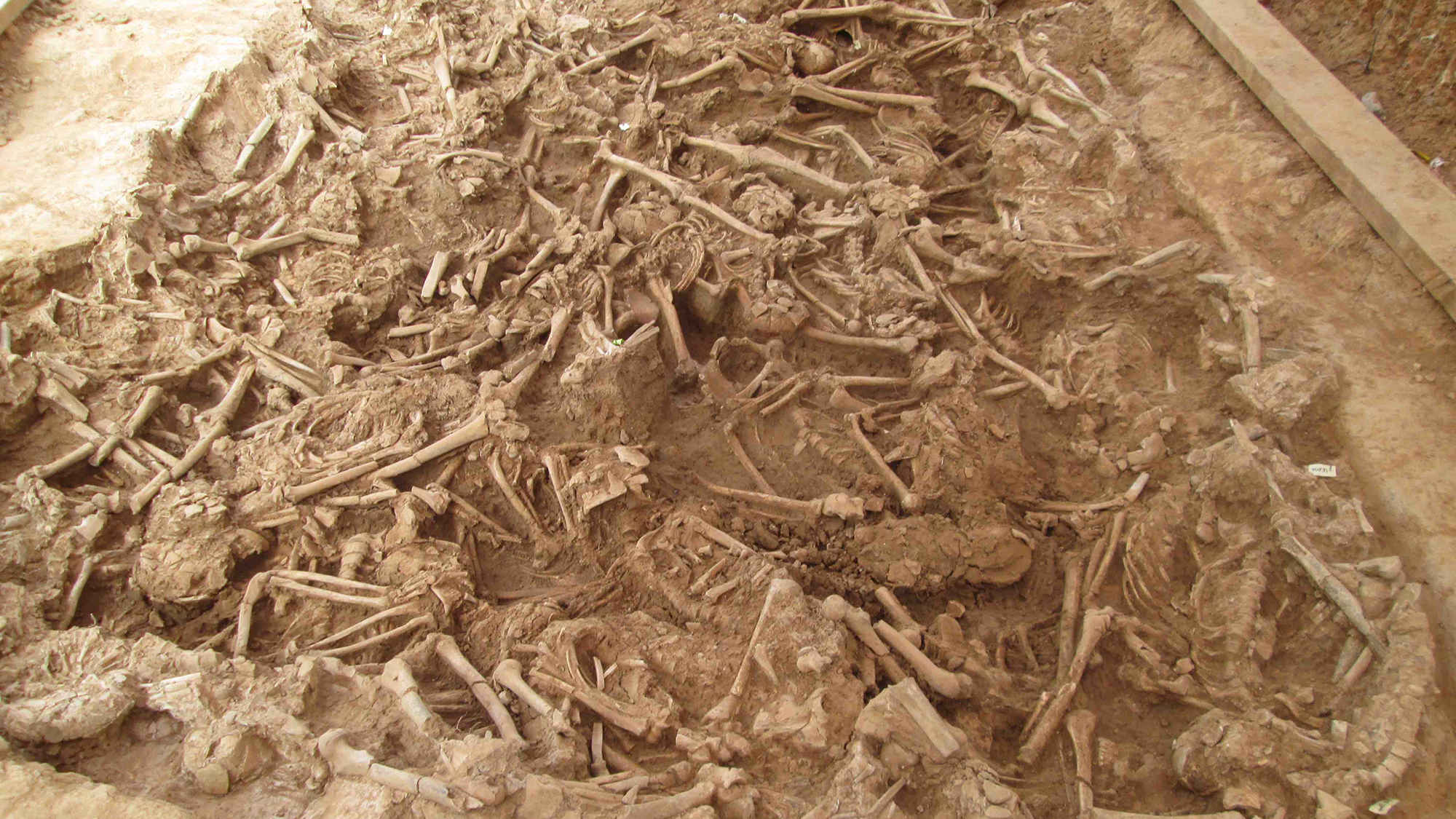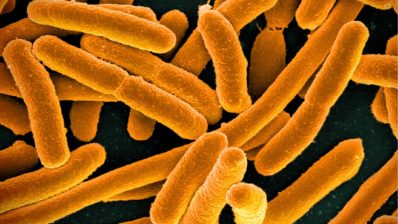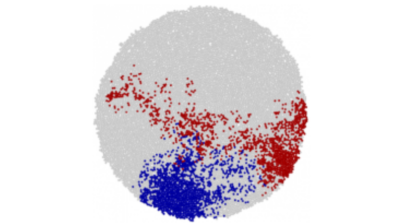Researchers in the paleogenomics group at the Institute of Evolutionary Biology (IBE: CSIC-UPF) have identified the pathogen that caused an unknown epidemic that killed hundreds of soldiers during the Reapers’ War, the Catalan Revolt in the 17th century.
DNA analysis of the dental pulp of two soldiers buried in the Sagrera mass grave has identified Salmonella enterica serovar Paratyphi C, a bacterium that causes the paratyphoid fever that killed hundreds of soldiers in the troops of Philip IV in 1652, during the siege of Barcelona.
“Our observations show the presence of paratyphoid fever among the troops of the King of Spain during the siege of Barcelona, but we cannot rule out that plague outbreaks occurred at the same time”
Carlos Lalueza-Fox -IBE (CSIC-UPF)
The authors add that “a greater number of skeletons will have to be examined before Y. pestis can be formally ruled out as an agent of the disease that affected the harassers of Barcelona”.
In addition, the study of the Salmonella‘s genome has shown that it coincides with that of a strain recovered from a sample from Mexico dating from the 16th century. This coincidence, added to the fact that during colonization different plagues reached the new continent, supports the idea that paratyphoid fever reached the Americas with European colonization.
Want to see your photo here? Send us your images related to science or life at the PRBB to ellipse@prbb.org.
de-Dios, T., Carrión, P., Olalde, I., Llovera Nadal, L.,Lizano, E., Pàmies, D., Marques-Bonet, T., Balloux, F., van Dorp, L., Lalueza-Fox, C.; Salmonella enterica from a soldier from the 1652 siege of Barcelona (Spain) supports historical transatlantic epidemic contacts; iScience, 2021; DOI: https://doi.org/10.1016/j.isci.2021.103021






